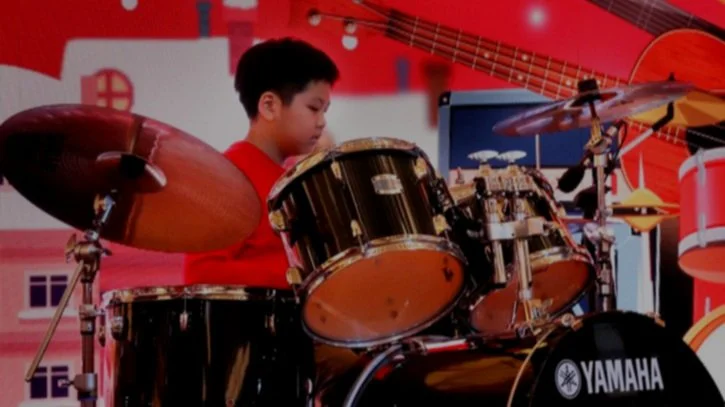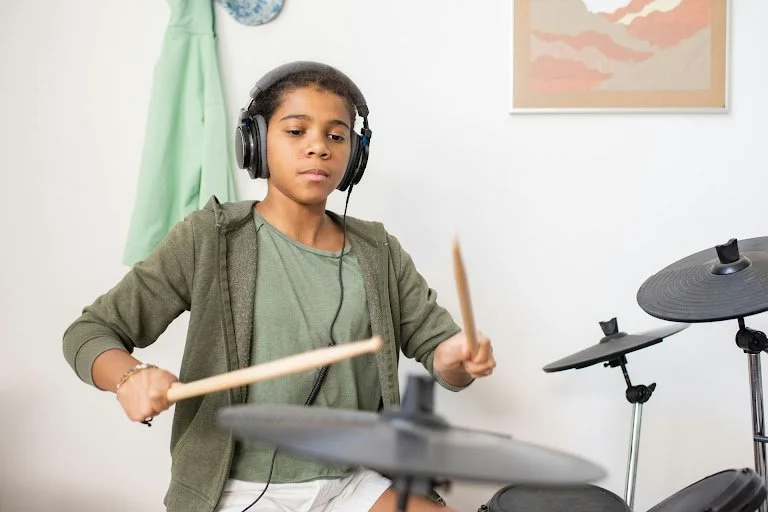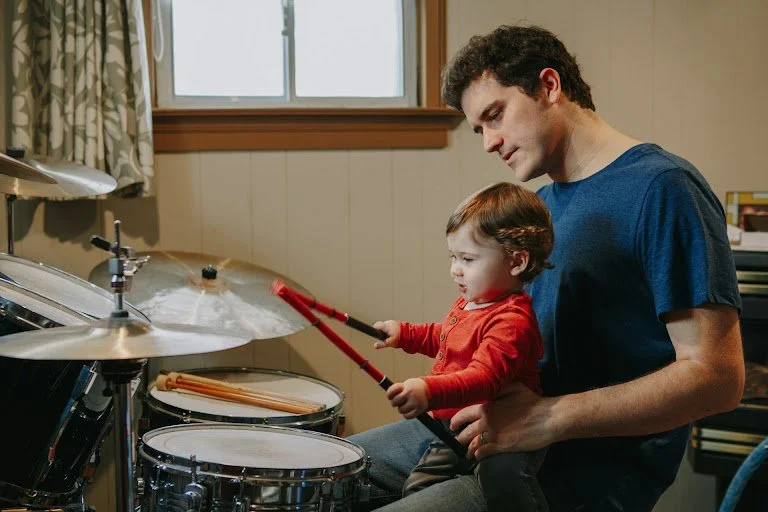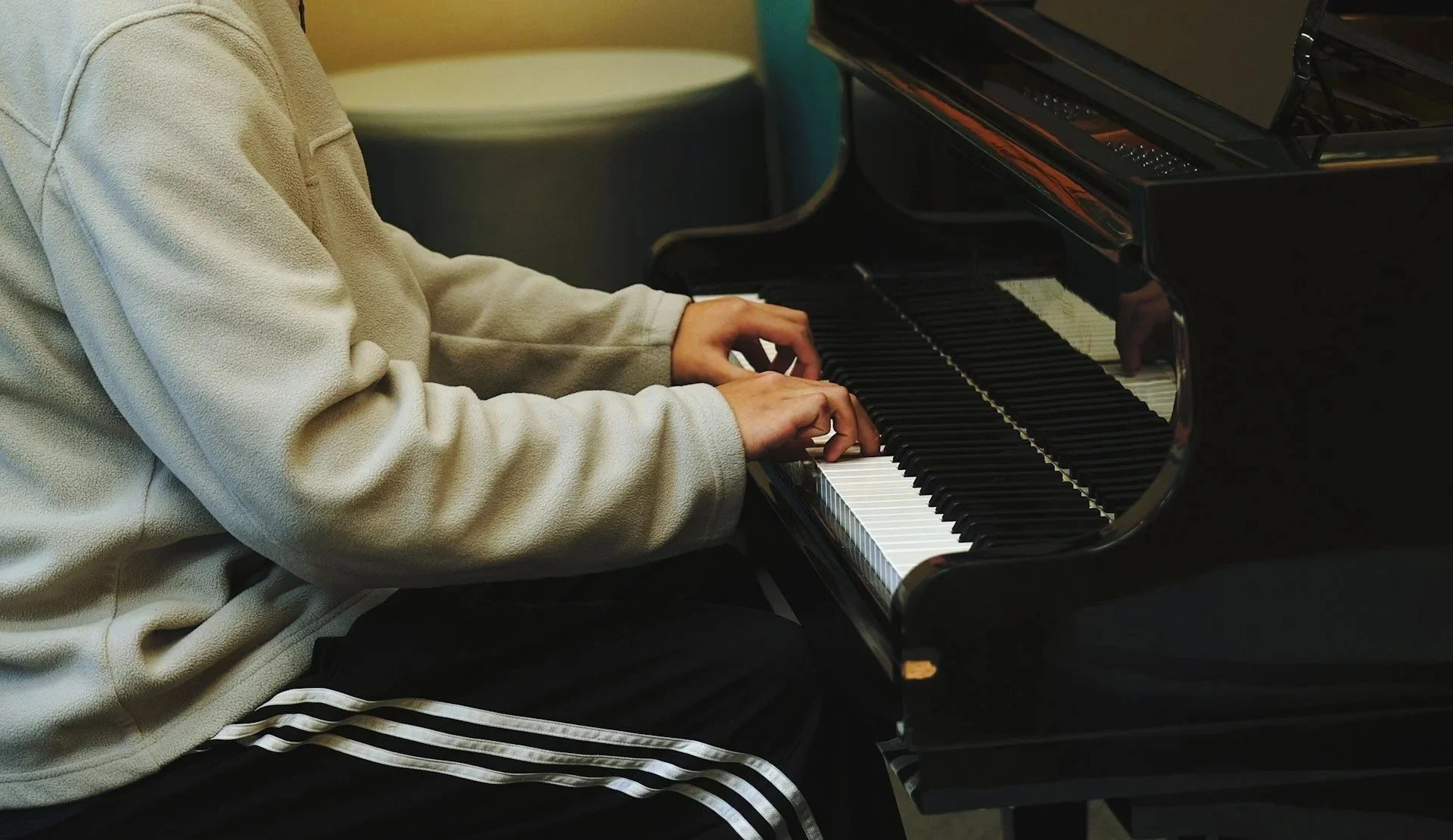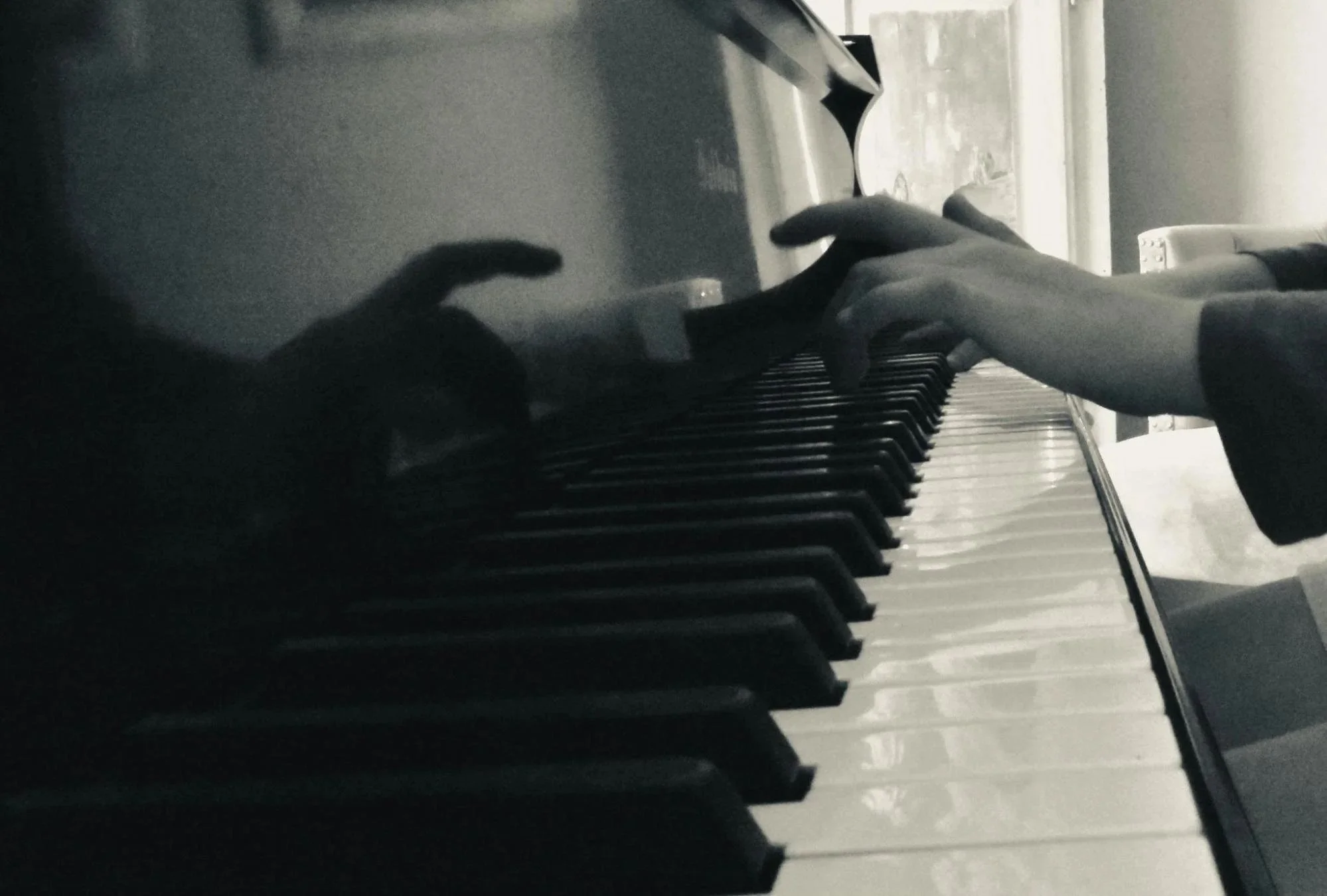How Drumming Turns Sensory Challenges Into Therapeutic Breakthroughs for Autistic Kids
/I love witnessing the parents of special needs children discover something remarkable in my music tutoring sessions.
Parents arrive exhausted, detailing something along the lines of their autistic child melting down at the vacuum cleaner's hum but becoming completely absorbed in watching street drummers perform.
"Why does my sensory-sensitive child gravitate toward something so loud?" they ask.
The answer lies in understanding how drumming uniquely addresses the complex sensory processing differences that define autism.
Unlike chaotic environmental noise, rhythmic drumming offers structured, predictable sensory experiences that can actually soothe and organize your child's nervous system.
The neuroscience of rhythmic regulation
Groundbreaking studies from leading autism researchers have demonstrated that consistent drumming patterns literally rewire autistic brains for better function.
When children maintain rhythms around 8 beats per second, their neural networks synchronize to promote attention, reduce hyperarousal, and improve communication pathways.
Clinical trials tracking autistic participants for two months showed dramatic improvements: anxiety levels dropped by nearly half, while brain imaging revealed stronger connections between areas controlling focus, language, and emotional stability.
What sets drumming apart from other sensory interventions is its comprehensive approach. Each drum strike delivers precise tactile vibrations through your child's hands, arms, and core.
The crossing arm movements activate both brain hemispheres simultaneously. The
predictable sound patterns train auditory processing skills, while hand-eye coordination develops through tracking drumstick movements.
It's essentially sensory integration therapy disguised as music-making.
How to tailor drumming to your child's sensory profile
Sensory-craving children who constantly seek intense stimulation find drumming incredibly satisfying. They can channel their need for big movements and loud sounds into something constructive, learning volume control and rhythm patterns along the way.
Sensory-sensitive children require gentler approaches but often show the most dramatic improvements. I begin with soft brushes on quiet surfaces, gradually introducing traditional drumsticks as tolerance builds.
One of my most sound-sensitive students initially needed the room nearly silent. Today, he confidently plays full drum sequences and uses drumming to self-regulate when overwhelmed.
The crucial element is control.
Your child determines the timing, volume, and duration – transforming potentially distressing noise into empowering musical expression.
Simple steps to begin your drumming journey
Don't feel pressured to purchase professional equipment immediately. Wooden spoons paired with various-sized pots create excellent starter drums.
When you're ready to upgrade, consider rhythm blocks ($12), a djembe drum ($25), or an electronic kit with adjustable volume ($150-300).
Establish a consistent drumming corner free from competing sensory input. Start with brief 3-7 minute sessions, using visual countdown timers for predictability.
Always keep calming tools accessible – stress balls, compression vests, or quiet headphones for sensory breaks.
Monitor your child's responses carefully.
Positive indicators include extended focus, decreased self-stimulating behaviors, spontaneous vocalizations, or requests to continue. Warning signs like ear covering, increased rocking, or distress mean it's time to lower intensity or pause completely.
Wrapping up
Consistently, I observe significant improvements in emotional self-regulation, reduced meltdown frequency, smoother routine transitions, enhanced verbal and non-verbal communication, and decreased sensitivity to household sounds.
Parents frequently report their children sleep more peacefully after regular drumming sessions.
Ready to explore drumming's potential for your family?
Begin experimenting with simple rhythm-making using items you already own.
Observe which beats naturally appeal to your child – rapid, energetic patterns versus slow, steady rhythms.
Trust your parental intuition about pacing, and remember that even brief musical moments can create lasting positive changes in your child's sensory processing abilities.

